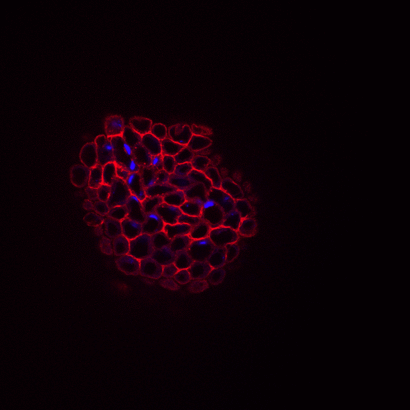Epigenetic control of regeneration in Hydra
We study the evolution of eumetazoan specific gene regulation and regeneration process using Hydra as a model system.
Evo-Devo
Hydra belongs to phylum Cnidaria. This is one of the early divergent phyla at the base of eumetazoan phylogenetic tree and share eumetazoan properties like defined body axis, distinct germ layers and cell types such as neurons, epithelio-muscular cells etc. Thus representative models of this phylum, such as Hydra, provide information about the molecular changes that resulted in eumetazoan innovations. Our group focuses mainly on evolution of developmental signalling pathways, master regulatory transcription factors and epigenetic machinery which play critical role in gene regulation during development and pattern formation. Our emphasis is on regulation of Wnt signalling regulatory network in Hydra head organizer activity and associated epigenetic processes.
Regeneration
Hydra is known for its tremendous regenerative capacity. Hydra exhibits morphallactic regeneration i.e. regaining missing body parts without involving cell proliferation. This property of Hydra allows us to understand how developmental programs related to body pattern formation are evoked for successful regeneration. Here, we focus primarily on changes in the epigenetic machinery (writers, readers and erasers) responsible for early gene regulation upon injury. We are also focused on understanding the crosstalk between epigenetic modifiers and transcription factors during regeneration process. Our ultimate goal is to study these processes in the context of evolution of multicellular eukaryotes.








Locomotion of Hydra in accordance with tissue stiffness of the body column
Based on the thesis work of Dr.Manu Unni
Titled: Regulation of Hydra Regeneration by Hippo Pathway effector YAP and Biomechanical forces. Defended in August 2020.


